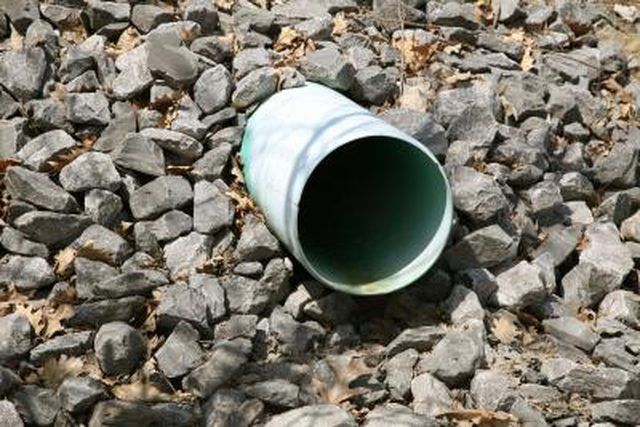Bulbs
Flower Basics
Flower Beds & Specialty Gardens
Flower Garden
Garden Furniture
Garden Gnomes
Garden Seeds
Garden Sheds
Garden Statues
Garden Tools & Supplies
Gardening Basics
Green & Organic
Groundcovers & Vines
Growing Annuals
Growing Basil
Growing Beans
Growing Berries
Growing Blueberries
Growing Cactus
Growing Corn
Growing Cotton
Growing Edibles
Growing Flowers
Growing Garlic
Growing Grapes
Growing Grass
Growing Herbs
Growing Jasmine
Growing Mint
Growing Mushrooms
Orchids
Growing Peanuts
Growing Perennials
Growing Plants
Growing Rosemary
Growing Roses
Growing Strawberries
Growing Sunflowers
Growing Thyme
Growing Tomatoes
Growing Tulips
Growing Vegetables
Herb Basics
Herb Garden
Indoor Growing
Landscaping Basics
Landscaping Patios
Landscaping Plants
Landscaping Shrubs
Landscaping Trees
Landscaping Walks & Pathways
Lawn Basics
Lawn Maintenance
Lawn Mowers
Lawn Ornaments
Lawn Planting
Lawn Tools
Outdoor Growing
Overall Landscape Planning
Pests, Weeds & Problems
Plant Basics
Rock Garden
Rose Garden
Shrubs
Soil
Specialty Gardens
Trees
Vegetable Garden
Yard Maintenance
How to Install French Drains That Run to the Sidewalk
How to Install French Drains That Run to the Sidewalk. A French drain enables you to manage the flow of water runoff in your yard. Installing one entails laying perforated pipes in a deep trench and covering them with gravel. The pipes then do the work of collecting underground moisture and dispersing it to a safe outlet. If one side of your...

A French drain enables you to manage the flow of water runoff in your yard. Installing one entails laying perforated pipes in a deep trench and covering them with gravel. The pipes then do the work of collecting underground moisture and dispersing it to a safe outlet. If one side of your sidewalk slants toward a drainage ditch or storm water sewer, designate this area as your outlet, but space it far enough away so the drain water doesn’t affect the sidewalk.
Things You'll Need
Wooden pegs
Long rope
Tarp
Shovel
4-by-4
Synthetic filter fabric
3/4-inch gravel
Hoe
4-inch rigid perforated PVC pipe
"T," "Y" or elbow connectors
Insert wood pegs in the yard where water collects after it rains. Lay a long rope on the ground from the wooden pegs to the drain outlet, adjusting it so the course is as straight as possible.
Spread a plastic tarp on the ground nearby and use a shovel to dig a 10-inch-wide drain canal that follows the course laid out by the rope. Dump the soil on the tarp and dig down 18 inches. From the beginning, dig a smooth, slight slope in the bottom by removing another inch of soil for every 8 feet of horizontal distance. Pack the bottom of the canal with the end of a 4-by-4 until it feels hard.
Lay down synthetic filter fabric over the bottom of the canal.
Pour 3/4-inch gravel over the bottom 6 inches of the canal and spread it with a hoe.
Place 4-inch rigid perforated PVC pipe in the center of the canal. Use "T," "Y" or elbow connectors to join lengths of pipe, depending on the angle at which they connect.
Spread another 6-inch layer of gravel over the pipes and cover it with filter fabric.
Scoop some of the soil you removed back into the canal until it's ground level. Replant the growth you removed and water it.
Tips & Warnings
Make sure you set the perforated pipe in the trench with the holes pointing downward. Otherwise, debris will filter in through the holes and clog the pipe.